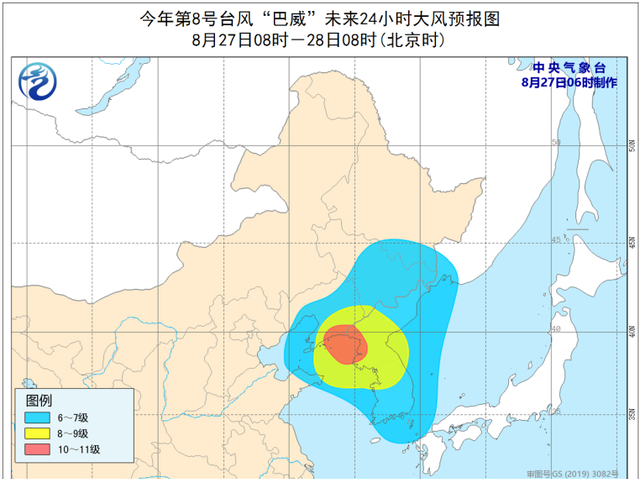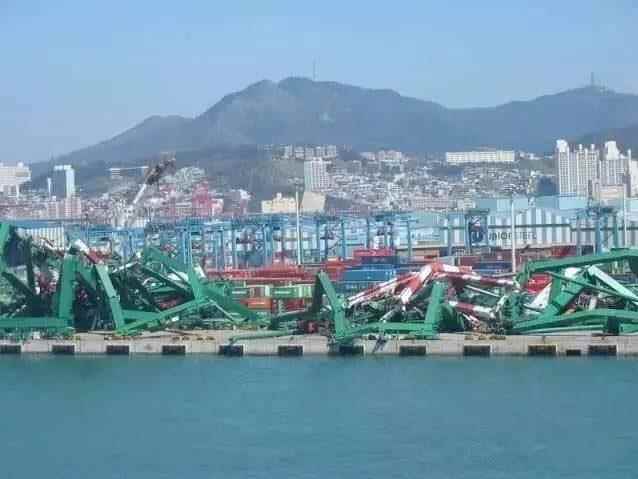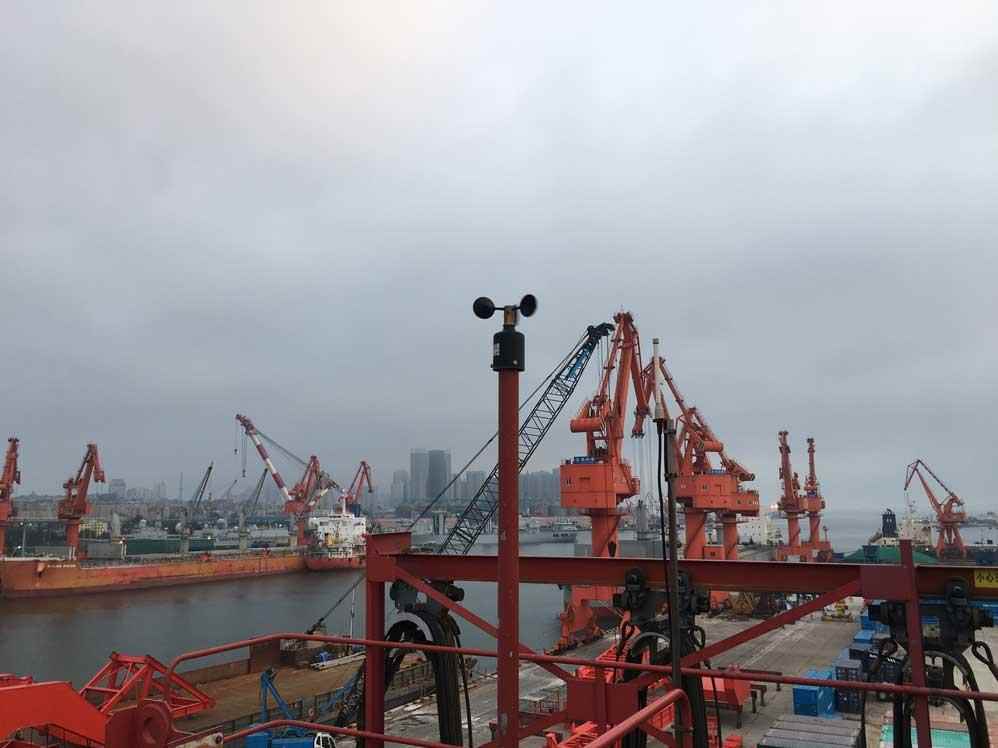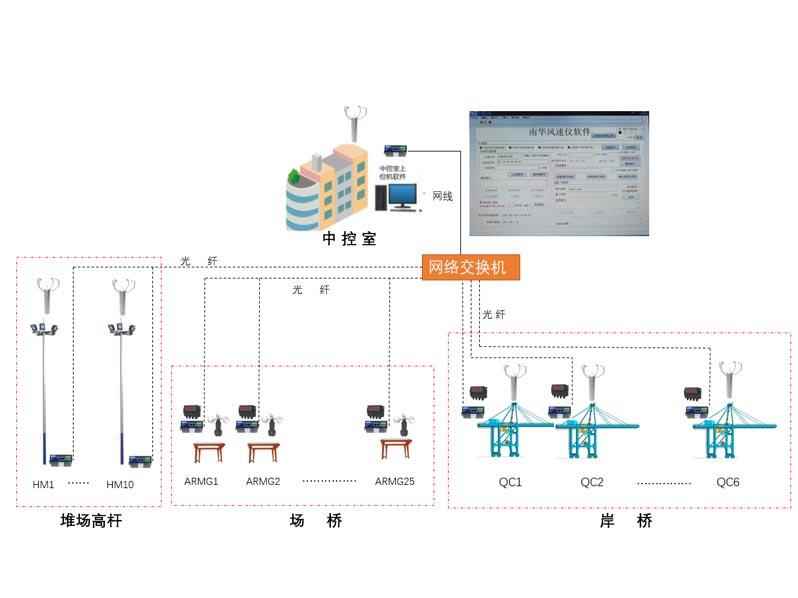As the typhoon season approaches, production at coastal ports is continuously affected. According to the China Ports Association, the container operations at the eight major hub ports have slowed down, and the container road transport from Dalian Port to the northeastern inland has been restricted, resulting in a significant year-on-year decline in container throughput in mid-month.
However, there's no need to worry—"Bavi" has weakened into a strong tropical storm.
That said, when it comes to port terminal production safety, many ports are located in coastal areas and are subjected to multiple typhoon strikes every summer. Wind-related accidents involving large port cranes occur frequently, with several cranes sometimes collapsing into the sea. The quay crane structures are massive, with large wind-facing areas. Ensuring their safety under various wind forces is the primary consideration in quay crane design. Furthermore, how to reinforce large equipment in advance before a typhoon strikes, and ensure that port workers evacuate in time to avoid losses due to the typhoon, is crucial.
On July 24, 2018, the General Office of the Ministry of Transport issued the "Guidelines for Typhoon Wind Resistance and Safety of Large Port Machinery," outlining specific requirements for wind resistance of port equipment.
Port large machinery refers to large port equipment, such as container gantry cranes, quay cranes, rail-mounted gantry cranes, ship loaders/unloaders, grain suction machines, oil arms, rubber-tired gantry cranes, bucket-wheel stackers, rubber-tired cranes (25 tons or more), and fixed outdoor belt conveyors, among others.
These machines are required to be equipped with wind protection devices, including wind-speed measurement and warning systems, which should receive, measure, and record gust and typhoon information and issue warnings and alerts. The equipment primarily refers to wind speed instruments with recording and alert functions.
The guidelines specify that port machinery needs to be equipped with anemometers, which should feature real-time wind speed display, wind data storage, wind speed pre-warning, and alarms. Nanhua Electromechanical has provided wind speed measurement products for major ports for over 10 years, with extensive experience in the port industry. At the same time, we have launched the latest port wind speed monitoring system: Nanhua Electromechanical's intelligent software supports single or multiple machines, paired with Nanhua's wind speed sensor, for real-time monitoring of port wind speed data. This data is transmitted back to the central control room, stored in real time, and pre-alarms are triggered in the event of high winds or strong gusts to ensure safe equipment operations.
As of now, Nanhua's wind speed meters and monitoring systems have been widely used in Qingdao Port, Shanghai Port, Tianjin Port, and Yantian Port, providing more safety guarantees for terminal operations.
Nanhua Electromechanical is committed to port terminal safety and adheres to the philosophy of "born for safety"!







